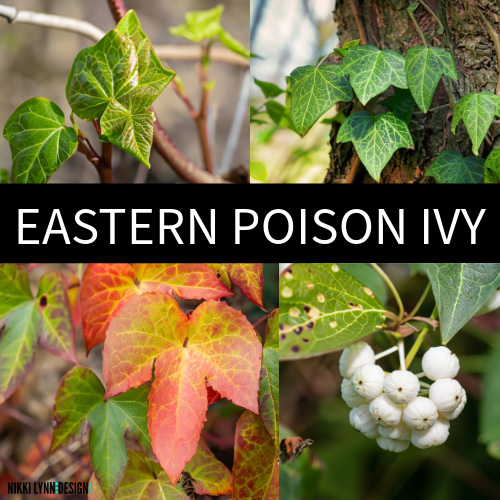
Category: Through The Seasons
Through the seasons. The repetitional change of plants, animals, weather, and the locations exploring them. Wisconsin changes month by month and so do the animals, plants, and trees.
This section is dedicated to my husband who missed the monthly posts from the old site.
Most of the photography is mine – although, I do use public domain and creative commons work in informative blog posts. I was a blogger long before being a photographer :)

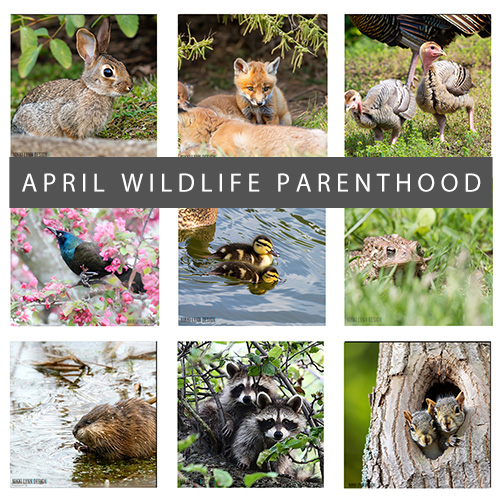
April Wildlife Parenthood
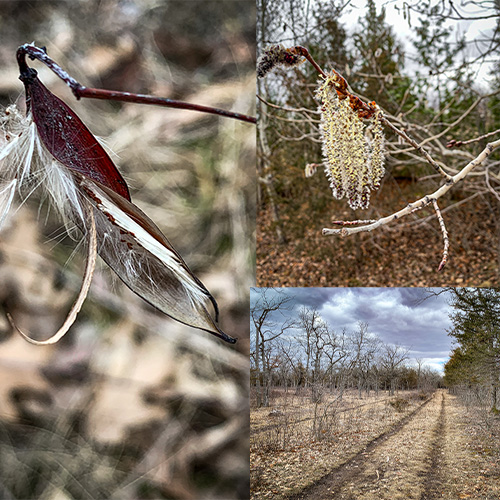
In Like A Lion Out Like A Lamb
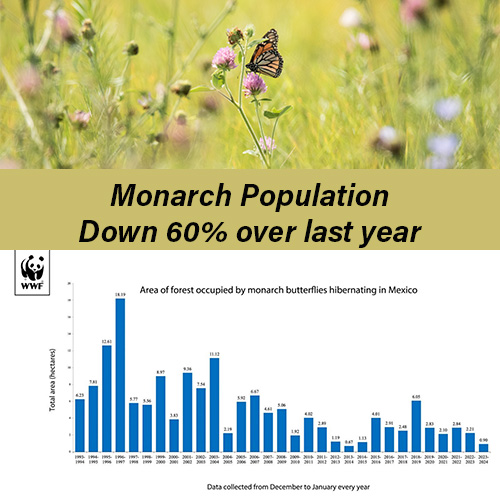
Monarch Numbers Are Down By 60%
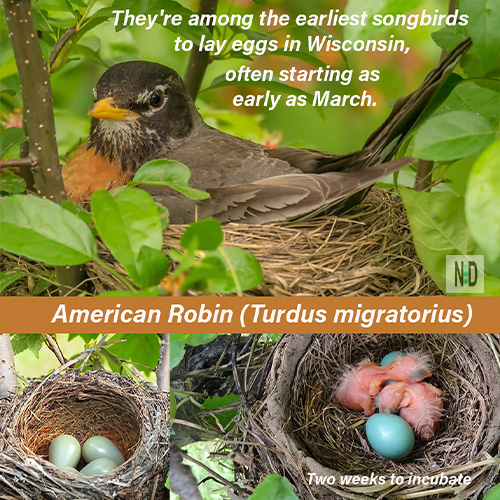
The American Robin: Wisconsin’s Beloved Songbird
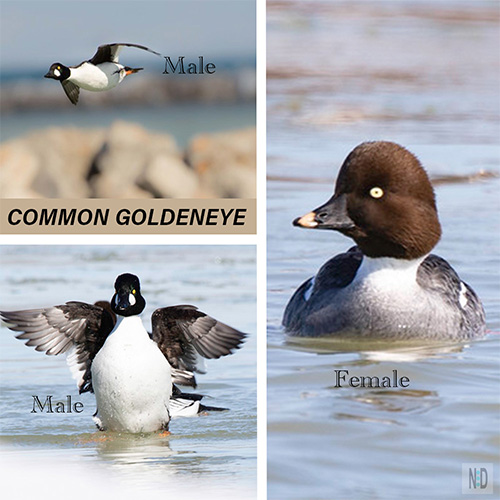
Common Goldeneye
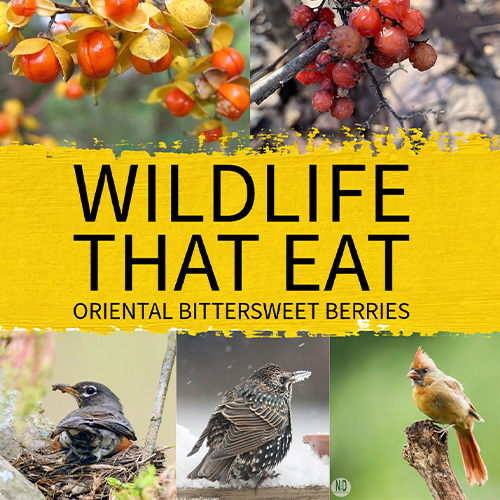
February Is the Border Between Winter and Spring
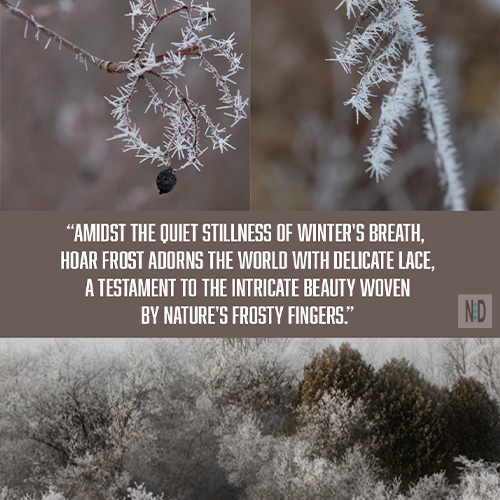
Nature’s Frozen Spears: Delicate Spike-Like Structures
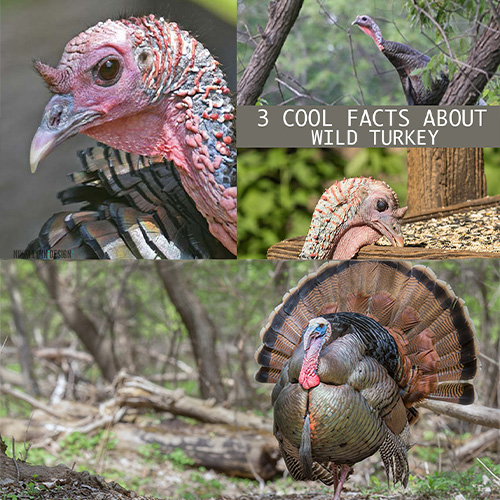
3 Cool Facts About Wild Turkey
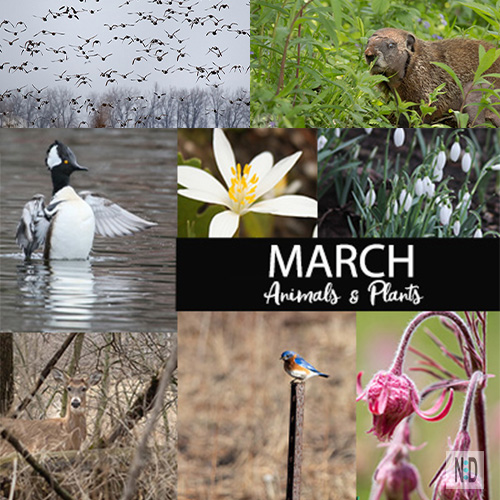
March Phenology
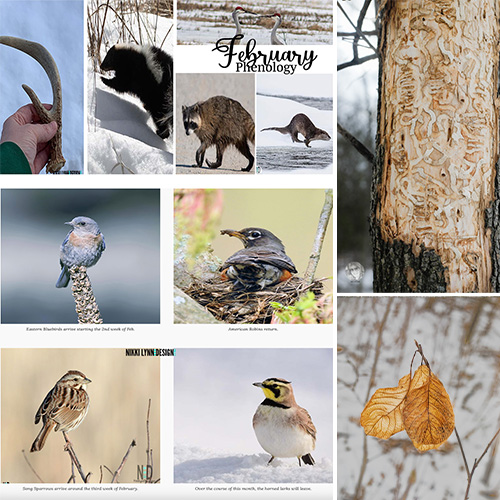
February Phenology
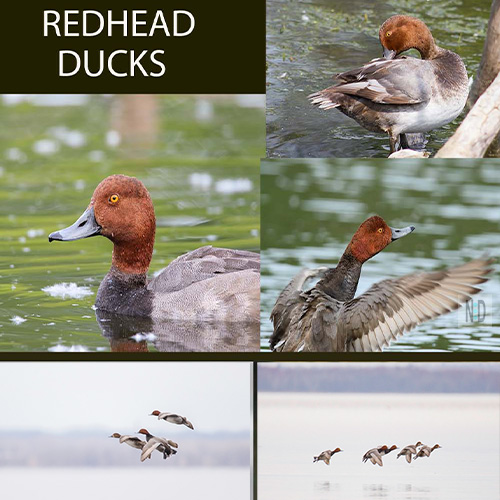
Redhead Duck
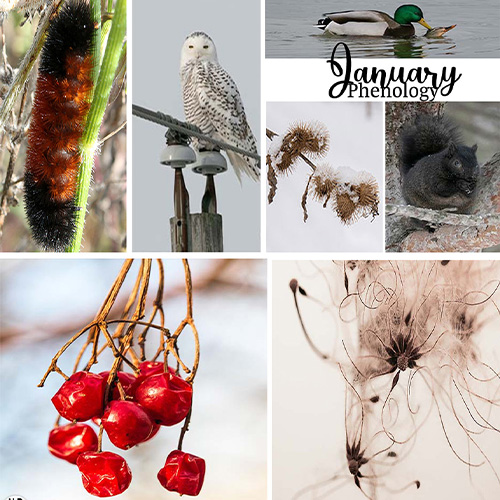
January Phenology
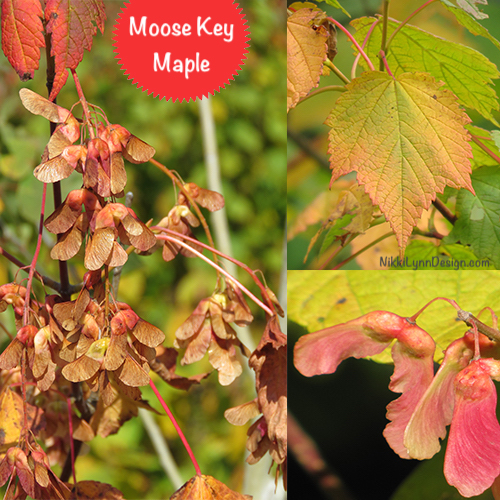
Moose Maple Keys
